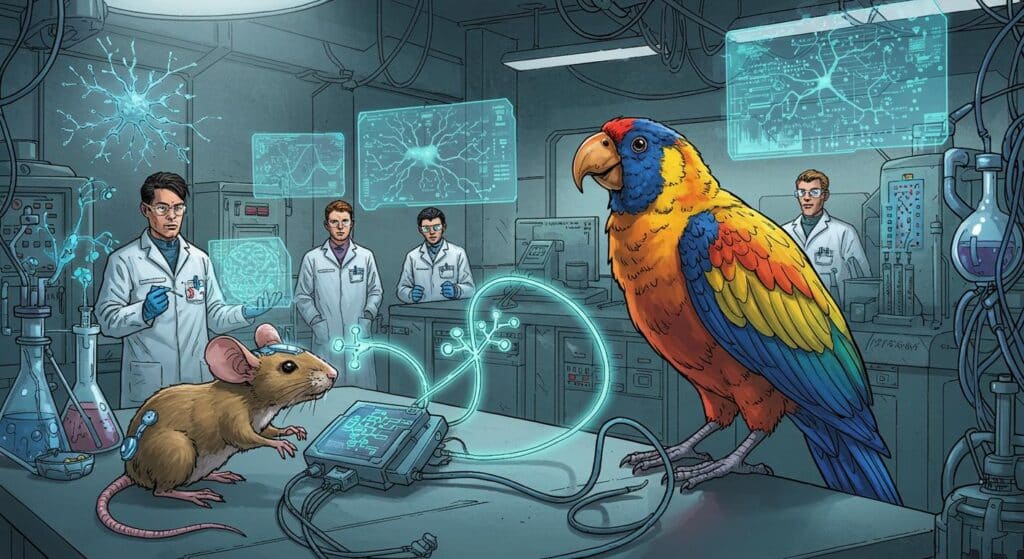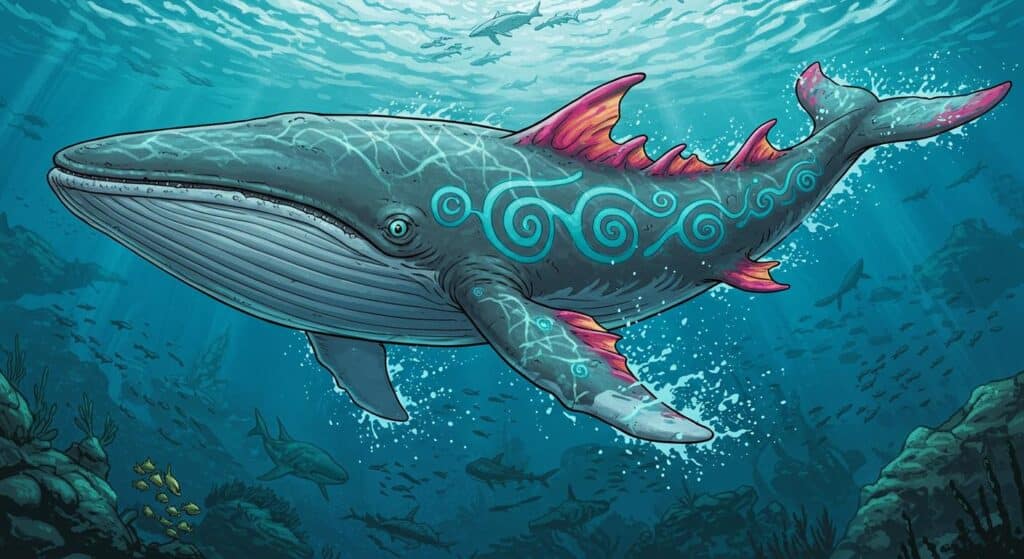It’s not every day that science literally sticks it to nature—this time, via a bright yellow rubber duck. According to Nature, researchers recently developed an adhesive able to keep its grip underwater, even in the face of saltwater and pounding waves. Their chosen stress test? Affixing a rubber duck to a seaside boulder and seeing if the ocean could pry it loose.
The Rubber Duck Criteria
Conventional adhesives, as anyone who’s ever fumbled a repair job can attest, don’t do well in water—and generally wilt entirely in salty, churning conditions. In a demonstration described by Nature, the research team, inspired by the relentless grip of barnacles, used artificial intelligence to help design a hydrogel with similar super-sticky properties. The result: a material that could fasten objects together even while submerged.
To prove the point to both laypeople and skeptical peers, the scientists applied their underwater glue to a classic yellow rubber duck, adhering it firmly to a rock by the sea. As the outlet documents, the duck endured crashing surf and relentless salt spray, remaining stubbornly in place—a surprisingly whimsical but convincing testament to the glue’s mettle.
Beyond Ducks: What’s This Good For?
While the use of a rubber duck nearly guarantees a smile, Nature also outlines the broader impact of this breakthrough. Traditional adhesives fail rapidly when faced with water and salt, severely limiting applications from underwater repairs on infrastructure to certain medical scenarios. The innovation—this new hydrogel compound—offers the genuine prospect of strong, reliable adhesion in environments where previous generations of glue fell short.
In a point highlighted earlier in the report, the involvement of machine learning in developing the material hints at how AI is quietly insinuating itself into the subtler nooks of scientific research. It’s a quietly futuristic notion: artificial intelligence helping to craft glue that could one day patch coral reefs or mend medical implants, all while stubbornly denying the ocean its claim on a rubber duck.
A Gentle Case Study in Scientific Communication
One has to appreciate—perhaps even admire—the researchers’ decision to showcase their invention on the back of a plastic bath toy. Instead of leading with technical tables or bar charts, they let a universal symbol of playfulness and “doesn’t belong here” sensibility do the talking. In a detail underscored by Nature’s coverage, this demonstration bypasses jargon and speaks directly to both the scientific community and the general public—if the duck doesn’t drift away, perhaps skepticism will.
Where does this all lead? Will the next applications involve giving amphibians better traction, or letting seafront artists build ever more resilient mosaics? Or will this unexpected alliance of AI, adhesive science, and yellow rubber ducks be quietly commemorated by generations of steadfast bath toys, perched confidently on their seaside thrones?
In the end, as the outlet so colorfully illustrates, sometimes scientific progress doesn’t announce itself with a bang so much as with one stubborn—and apparently immovable—quack.







